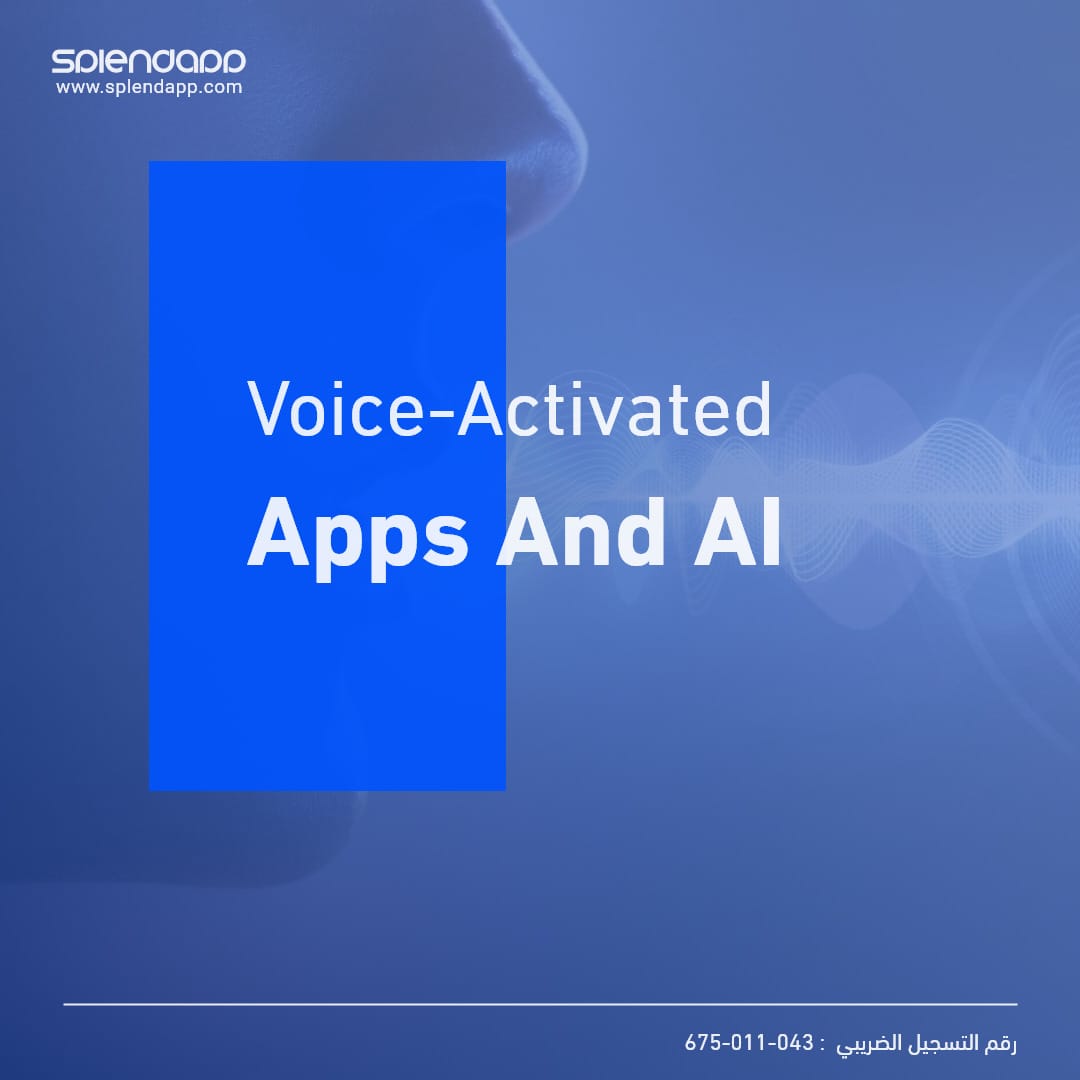

In the digital age, the way we interact with our devices is continuously evolving. From the primitive days of command-line prompts to the visual richness of graphical user interfaces, technology has always sought to simplify and enhance user experience. Among the most significant advancements in this realm is the rise of Voice-Activated Apps.
Voice-Activated Apps, also known as voice assistants or voice-controlled applications, harness the power of voice recognition and natural language processing to execute commands, answer queries, or perform tasks based solely on vocal cues. Gone are the days when touch was the primary mode of interaction; now, merely uttering a phrase can set a chain of events in motion on our devices. Whether you’re asking your phone about the weather, instructing a smart home device to adjust the lighting, or seeking a hands-free texting experience while driving, voice-activated applications have found a ubiquitous presence in our daily lives.
Voice commands are not just a technology that allows talking to devices, but they are a significant advancement in the field of artificial intelligence and machine learning. Here’s how this system works behind the scenes:
Voice recognition is a concept associated with voice recognition technology, which is the ability to recognize and understand words spoken by humans. In the modern context, this technology is used in many applications from AI assistants like “Siri” or “Alexa” to speech recognition systems in technical support services. Here’s how voice recognition works:
Analyzing Sound Waves: When speaking, our mouths produce sound waves that can be converted into digital data.
Conversion to Digital Information: Sound waves are converted into digital data that computers can understand.
Model Training: Machine learning techniques are used to train artificial intelligence models to understand specific words and phrases.
Understanding Context: Spoken words may sound similar, but the system uses context to determine the intended word. For example, “sea” and “bar” might sound similar, but the system uses surrounding words to determine the intended meaning.
Continuous Adaptation: As the user uses the system, it improves its recognition of the user’s voice to increase recognition accuracy.
Distinguishing Voices: Some advanced systems are capable of distinguishing between different users’ voices, allowing a personalized experience for each user.
In the current information age, data has become more valuable than ever. However, it’s not enough just to possess data; the ability to analyze it and extract value from it is what distinguishes advanced organizations. Here lies the importance of data analysis and machine learning.
Data Analysis:
Aggregation and Purification: Before starting the analysis process, data is collected from various sources and purified to ensure its quality and that it is error-free.
Exploration: Exploratory analysis is used to understand the nature of the data and the relationships within it.
Statistical Analysis: These tools help identify patterns, trends, and test hypotheses.
Machine Learning:
Model Training: After purifying and preparing the data, it is used to train machine learning models.
Continuous Improvement: One of the features of machine learning is its ability to continuously improve by learning from new data.
Applications: Machine learning is used in a wide range of applications, from recommendations (like movie or music recommendations) to image and sound recognition.
When talking about a coherent response, we mean a reply that is characterized by clarity, precision, and consistency that aligns with the context and presented question. In the field of technology, and especially artificial intelligence, achieving a coherent response is one of the major challenges developers strive for. Here are some aspects related to the coherent response:
Deep Understanding of the Context: It’s not enough just to understand the words, but the overall context of the question or request must be grasped to ensure an appropriate response.
Up-to-date Knowledge: For a consistent reply, knowledge must be regularly updated and stay informed with the latest information and news.
Avoiding Repetition: A coherent response should be free from repetitions and contradictions in information.
Analytical Thinking Ability: The capability to analyze information and connect it to give a comprehensive and coordinated response.
Handling Changes in Context: Sometimes the context might change or involve multiple angles; the response should adapt to these changes.
Natural interaction refers to the ability to communicate and interact in a way that resembles human interaction, whether through speech, movement, or any other means of communication. In the field of technology and AI, achieving natural interaction is a significant goal to ensure an intuitive and natural user experience. Here are some facets and applications related to natural interaction:
Voice Interaction: The ability to understand speech and respond to it naturally, like digital voice assistants (Siri, Alexa, Google Assistant).
Body and Movement Recognition: Technologies like Microsoft’s Kinect, which can understand body movements and translate them into commands within games or applications.
Gaze Interaction: Eye-tracking technologies allowing device control by tracking eye movements.
Emotion Recognition: Techniques that assess facial expressions to determine emotions, which can be used in games or analyzing user reactions.
Tactile Interaction: Responding to touch commands in various ways and providing sensory feedback to the user.
Multifaceted Dialogue: The ability to continue complex dialogues and respond logically and naturally.
Voice-activated apps have revolutionized the way users interact with technology. Harnessing the power of natural language processing and machine learning, these apps provide a hands-free, intuitive, and efficient way to perform tasks, gather information, and communicate.
As the digital landscape continues to prioritize accessibility and user-centric design, voice-activated apps stand at the forefront, bridging the gap between humans and machines. Their potential for enhancing user experiences, especially for those with physical impairments, is immense.
However, as with all emerging technologies, it’s essential to approach their development and usage responsibly, addressing potential privacy and security concerns.
Looking ahead, as the technology underpinning voice activation becomes more sophisticated, we can expect an even deeper integration of voice-activated apps in our daily routines, making interactions smoother and more personalized.